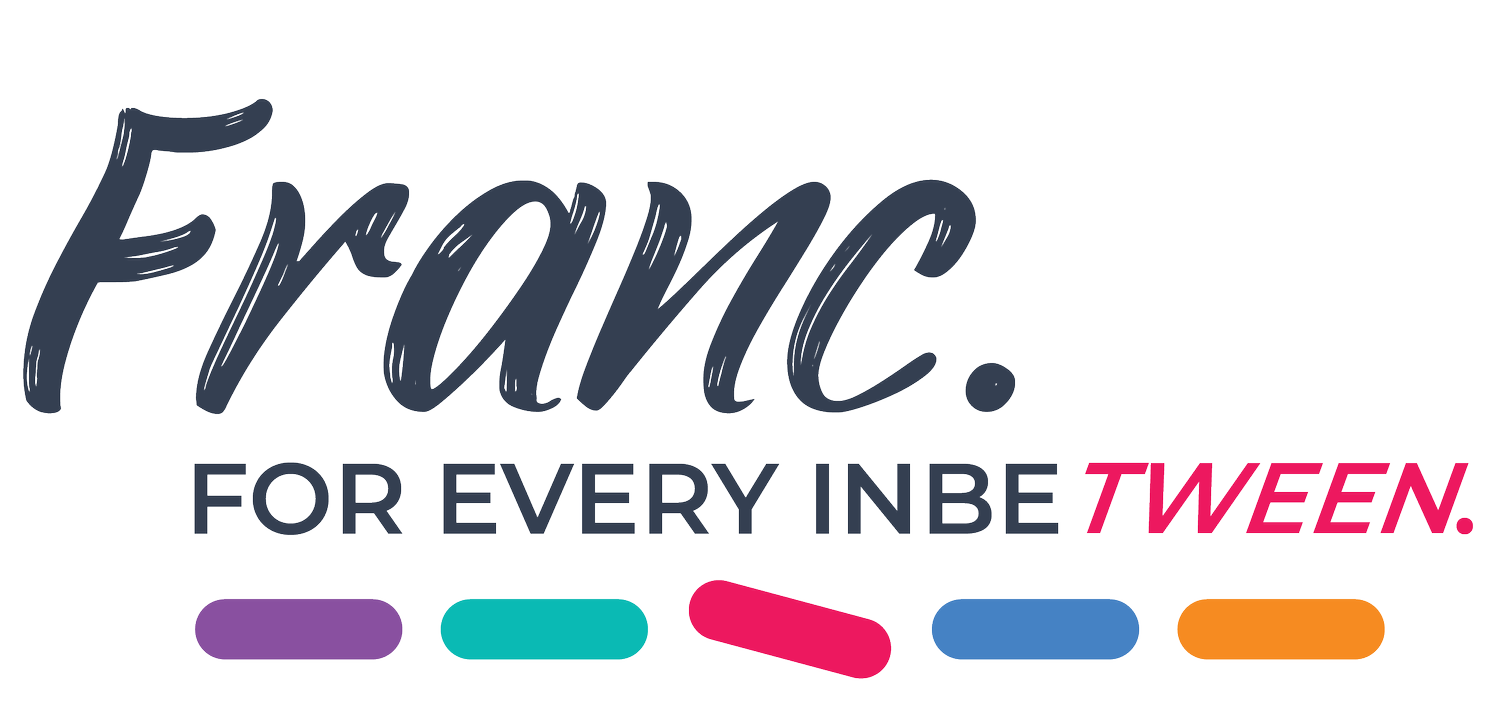PART TWO: Anxiety
“Do what you can, with what you’ve got, where you are.”
Anxiety is a normal emotion. But when tweens have too much anxiety, it can interfere with everyday functioning. The goal isn’t to eliminate anxiety, rather assist in helping your tween to manage it.
Research suggests that half of all the mental health conditions we experience at some point in our lives will have started by age 14.
This staggering revelation is not surprising perhaps given that adolescence is a time of emotional, physical and social change. Indeed, the changing environment we live in, high success expectations in schools and the added pressures of social media can all contribute significantly to feelings of anxiousness and uncertainty.
At this point, it is important to note that feeling anxious is part of the normal range of emotions and is often a standard reaction to challenging, unfamiliar and stressful situations. For most tweens, anxiety doesn’t last beyond their teenage years. But for some, it can become so intense, that it stops them from living their life and managing everyday tasks.
Text book definition? Anxiety is the thought that you can’t cope with a particular situation or that something bad might happen. It’s the emotions of worry and nervousness that go along with that thought.
In adolescents, symptoms can be harder to see, given that oftentimes they are unclear - even to the tween. Those that are overly anxious might find themselves withdrawing from activities or stopping activities that they usually enjoy doing. Other areas to look out for include mood changes (sadness, irritability), decline in energy levels, appetite changes, difficulty breathing, altered sleep patterns and decreases in academic performance.
Research also suggests that whilst anxiety can occur in both genders, by the teenage years, girls are much more at risk than boys. Additionally, Indigenous Australians are nearly three times more likely to be psychologically distressed than non-Indigenous Australians.
Although there are multiple risk factors that can contribute to rising levels of anxiety in adolescents, today’s society tends to point towards social media as a leading concern.
Indeed social platforms have created a climate of social comparison and obsession with appearance, that can manifest as rejection sensitivity, social anxiety and in more extreme cases, depression.
There are also add-on effects of anxiety that should not be ignored, including low energy, poor concentration, withdrawal and reduced academic and social function. For these reasons alone, research suggests that early intervention is vital.
While offering specific advice is beyond the scope of this article, research suggests that anxiety can be decreased in a number of ways, including regular exercise. This is due to several factors, including the fact that regular and vigorous exercise reduces muscle tension and also increases your heart rate, thus changing the chemistry of the brain and increasing the availability of neurochemicals such as serotonin.
Other areas whereby parents, caregivers and teachers can help include:
Being aware of the signs of anxiety – especially considering that not all tweens will be able to clearly articulate how they are feeling
Talking with tweens about potential triggers of both stress and anxiety
Being mindful of placing undue pressure and expectations onto your tweens
Communicating the potential effects of social media and how to be smart and safe online.
If you feel that your tween’s anxiety is interfering with her everyday life, it may be necessary to seek further help. In the meantime, acknowledging her fears, gently encouraging her to set small goals to achieve and letting go if she avoids situations because of anxiety are all ways we can help our tweens to manage everyday anxiety.
NOTE: THE TWEEN GUIDES ARE DESIGNED TO PROMPT FURTHER DISCUSSION BETWEEN PARENTS/CARERS AND OUR TWEENS. ALTHOUGH THEY ARE BASED ON FACTUAL RESEARCH, WE ENCOURAGE YOU TO SEEK YOUR OWN TRUTHS AND CONSULT A PROFFESSIONAL IF AND WHEN REQUIRED.

